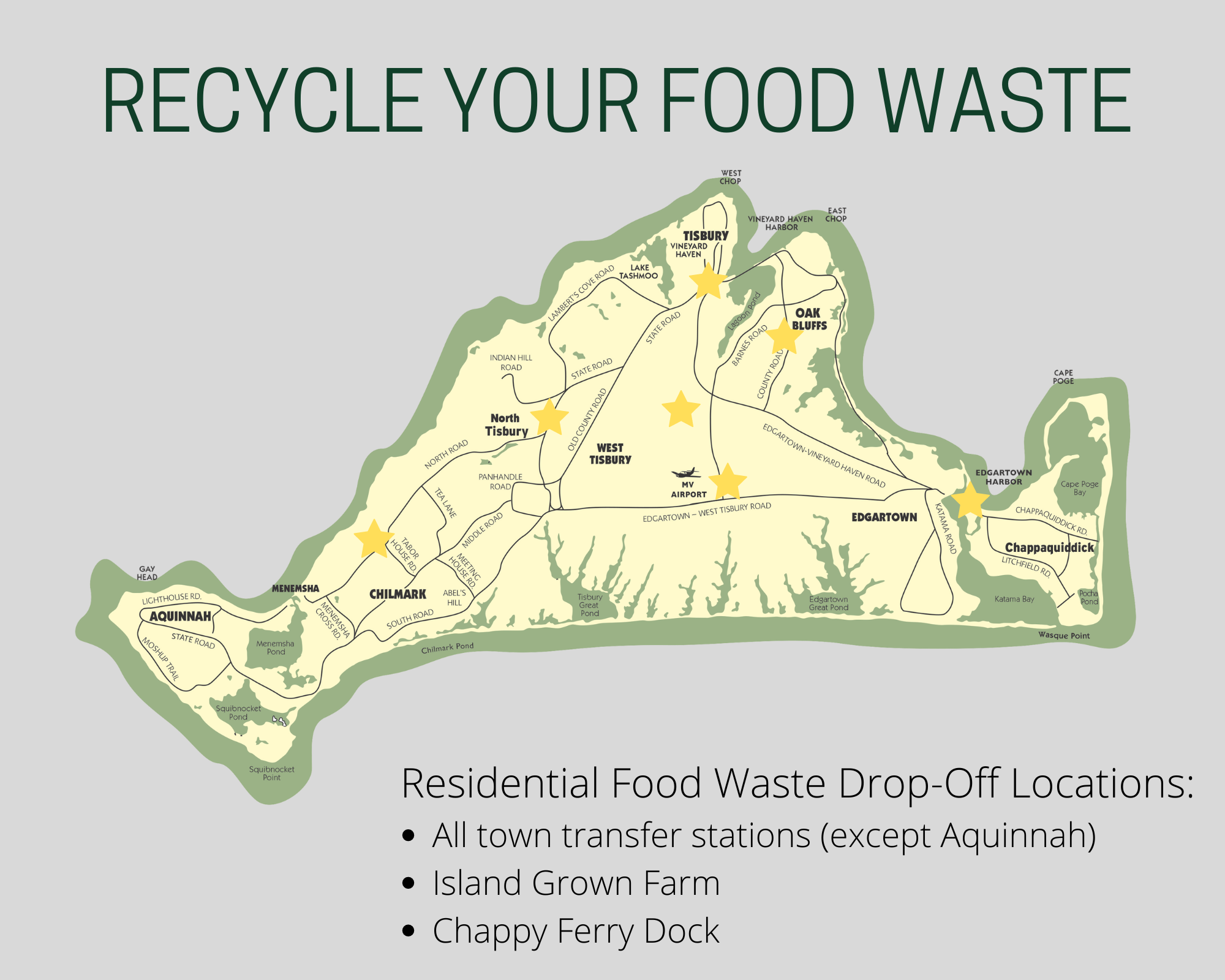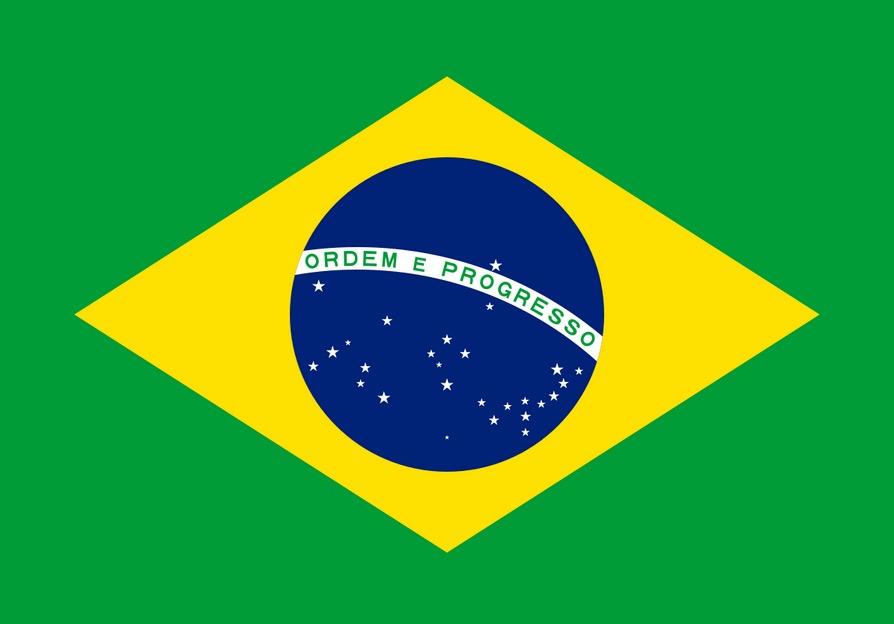OBJECTIVE
Students will be able to identify plants that have gone to seed, and will recognize the power in saving seeds in their garden for the future.
ESSENTIAL QUESTIONS
Why is seed saving important?
MATERIALS NEEDED
Seed saving: Colander, envelopes, pencils, seed saving basket
Herb drying: dehydrator, trays for drying, scissors
Garden work: harvest basket, gloves, cultivators, wheelbarrows/garbage barrels, mulch
PROCEDURE
Introduction:
As and alternative/supplement to a gleaning field trip, we will be gleaning from our school garden.
Review the definition of gleaning. Today, we are the last harvesters of the school garden. We have jobs to do:
Harvest anything edible (Leafy greens for the cafeteria, herbs for drying)
Clear out all vegetation
Mulch the beds
Save the seeds
Activity:
Harvesting: anything that looks like something we would want to save for the cafeteria (hint: leafy greens) put in the harvest basket. Anything that could potentially have seeds, put in the seed saving basket (these include: watermelon, pumpkins, beans, asparagus
Once we are done harvesting, split into two groups: herb harvesting and clearing out beds
Once beds are cleared out, gather together and mulch beds without hoop houses connected
Gather together in greenhouse to go over seeds to be saved, and herbs to be dried
Wrap up/ Assessment:
Each student names one thing he/she gleaned from the garden. Writing piece about why gleaning is important
FOLLOW UP & EXTENSIONS
Connections to Colonial America Lesson








